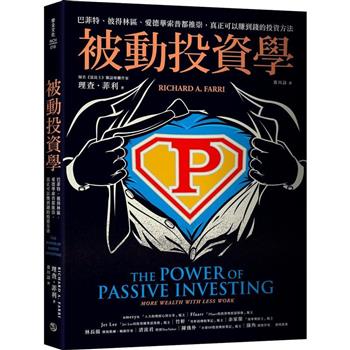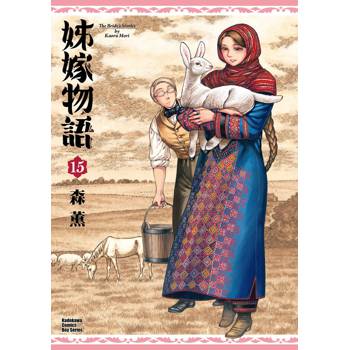The decade of the 1920s has long been heralded as the "Golden Age" of American sports. What made it golden, however, was not simply a wealth of talented athletes. Just as important-if not more so-were the sportswriters who deified those athletes.
No figure of that era better epitomized the sportswriter as mythmaker than Grantland Rice. An avowed romantic remembered for his assertion that winning or losing is less important than "how you played the Game," Rice always preferred praising athletes’ triumphs to condemning their failures, on the field or otherwise. The dynamism and vividness of his writing not only captivated the myriad readers of his syndicated column but left a permanent mark on sports journalism. In Grantland Rice and His Heroes, Mark Inabinett explores Rice’s critical role in creating the legends that surrounded six sports stars: Jack Dempsey, Babe Ruth, Bobby Jones, Bill Tilden, Red Grange, and Knute Rockne. Quoting liberally from Rice’s writings, Inabinett evokes the sportswriter’s ability to humanize his subjects, his passionate love of the games he covered, and the ambience of an era that shared his idealism about athletic competition. As Inabinett notes, the sportswriters of the 1920s enjoyed a near monopoly on sports news since few fans had a way to verify their accounts. And Rice, the most famous and widely read of those sportswriters, used that power to move and inspire his readers. Today, when television makes sporting events accessible to millions, the imagery and storytelling that marked Rice’s columns might seem superfluous. Yet, Inabinett says, the elements that Rice used to create his stories-heroes and goats, winners and losers, desire and skill-still exist in sports. "The stories need to be told," Inabinett suggests, "and for a deeper reason than the games themselves."| FindBook |
有 1 項符合
Grantland Rice and His Heroes: The Sportswriter As Mythmaker in the 1920s的圖書 |
 |
Grantland Rice and His Heroes: The Sportswriter As Mythmaker in the 1920s 作者:Inabinett 出版社:Univ Tennessee Press 出版日期:1994-12-21 語言:英文 規格:平裝 / 176頁 / 22.9 x 15.7 x 1 cm / 普通級/ 初版 |
| 圖書館借閱 |
| 國家圖書館 | 全國圖書書目資訊網 | 國立公共資訊圖書館 | 電子書服務平台 | MetaCat 跨館整合查詢 |
| 臺北市立圖書館 | 新北市立圖書館 | 基隆市公共圖書館 | 桃園市立圖書館 | 新竹縣公共圖書館 |
| 苗栗縣立圖書館 | 臺中市立圖書館 | 彰化縣公共圖書館 | 南投縣文化局 | 雲林縣公共圖書館 |
| 嘉義縣圖書館 | 臺南市立圖書館 | 高雄市立圖書館 | 屏東縣公共圖書館 | 宜蘭縣公共圖書館 |
| 花蓮縣文化局 | 臺東縣文化處 |
|
|
圖書介紹 - 資料來源:博客來 評分:
圖書名稱:Grantland Rice and His Heroes: The Sportswriter As Mythmaker in the 1920s
|










